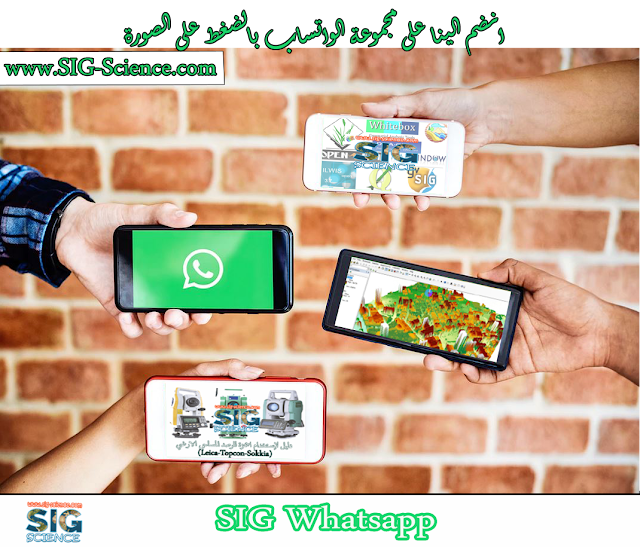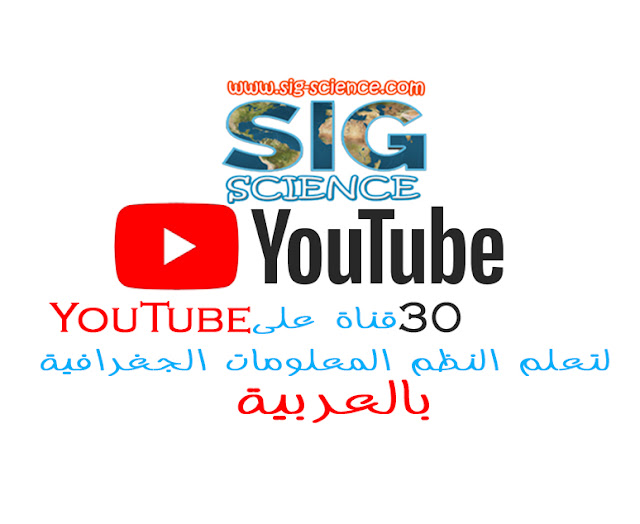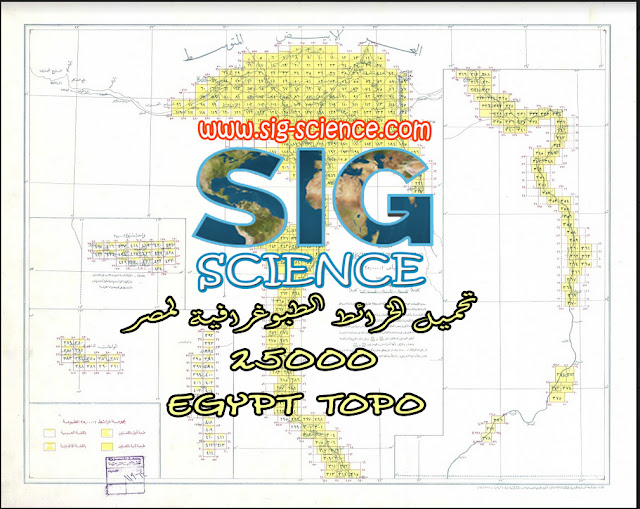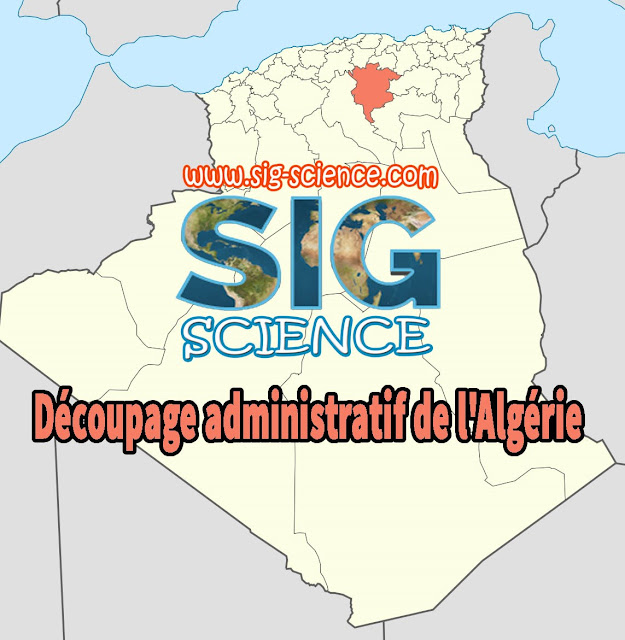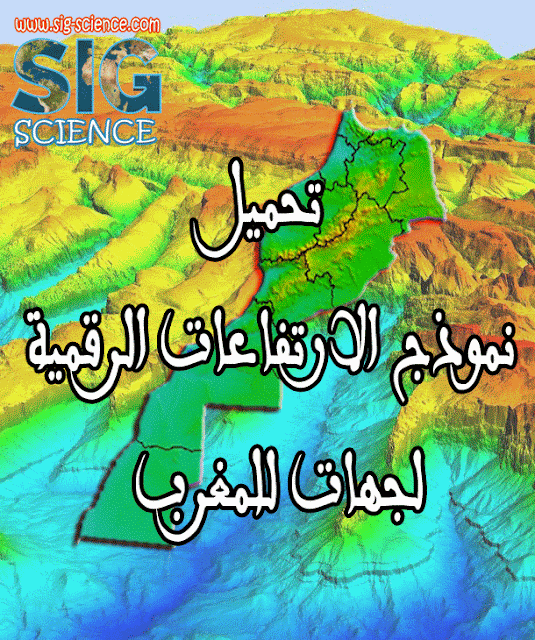Gold has been mined in the Eastern Desert of Egypt since the time of the
Pharaohs, yet the geological settings of such ore deposits and how
certain deposits link to each other is still not fully understood. The
application of remote sensing in identifying variations in surface
mineralogy, structural elements, and lithologic contacts can help in
identifying such relations. Signatures collected from the Advanced
Spaceborne Thermal Emission and Reflection Radiometer (ASTER) data is
used to map the hydrothermal alteration zones of El-Hoteib area, which
is located to the northwest of Iqat and Al-Fawi gold mines and
prospective for gold. SPOT5 data is used to highlight the preliminary
structural lineaments in the area. Band ratioing and principal component
analysis techniques are used to refine the different lithologic units
in the area. A simplified Crósta technique has been applied to the ASTER
data to identify both the location and spatial extent of the different
alteration zones around the Iqat-Al-Fawi area. A new gold-bearing
alteration zone is detected to the north of Gabal El-Hoteib. It is
structurally controlled by E-W to WNW-ESE structures with evidence of
reactivation of such trends during the Quaternary. Ore microscopy
examination, induced coupled plasma mass spectrometry and fire assay
analysis revealed the presence of gold in associated with excess zinc in
most samples
الاثنين، 5 أغسطس 2019
New
Prospecting for new gold-bearing alteration zones at El-Hoteib area, South Eastern Desert, Egypt, using remote sensing data analysis
الاكثر مشاهدة
-
تحميل برنامج Erdas Imagine 2014 نسخة 32 بت تحميل برنامج Erdas Imagine 2014 نسخة 64 بت تحميل برنامج ERDAS Foundation 2014 ...
-
يتألف (Arc GIS Desktop ) من ثلاث أجزاء يمكن من خلالها تطبيق إي مهمة متعلقة بنظم المعلومات الجغرافية وهذه الثلاث أجزاء هي : 1....
-
الدخول لموقع تحميل الارتفاعات الرقمية للأراضي و التسجيل فيه : https://earthexplorer.usgs.gov فيديو لكيفية التحميل من الموقع : ه...
-
تحميل برنامج :ArcGIS 10.7 ArcGIS 10.7 http://www.mediafire.com/…/ry…/ArcGIS_Desktop_10.7.part1.rar http://www.mediaf...
-
Cartes de situation géographique des wilayas Publié par Elhachmi Arou 01_Carte de situation géographique de la wilaya d'...
-
كتاب مقدمة إلى برنامج ERDAS IMAGINE Book introduction to ERDAS IMAGINE program كتاب مقدمة إلى برنامج ERDAS IMAGINE ة - Book introdu...
-
برنامج Surfer V.15 برنامج Surfer V.15 وهو احدى برامج نظم المعلومات الجغرافية والتى تستخدم فى انشاء الخرائط الثلاثية الابعاد وغي...
-
هذا الفيديو يوضح طريقة رسم خريطة جيولوجية انطلاقا من خريطة اخرى مرجعية عن طريق برنامج arcgis الذي سنحتاجه فقط لرسم shapefille للخري...
-
أصبح الاستشعار عن بعد أداة مهمة لتوفير البيانات وتحسين اتخاذ القرارات المتعلقة بالتخطيط والتنمية واستخدام الموارد الطبيعية. ويجري ...
تصنيفات
3D
Agriculture
air
all
arcgis
bassins
Civil
climat
conference
data
datalivres
datalogiciel
DC
déchets
dem
documentaire
dunes
eau
envi
environnement
erdas
film
formation
free Gis
geo
geologie
geomatica
géomorphologie
grass gis
histoire
Historical monuments
hydrogéologie
Landsat
littoral
livres
map
mapinfo
mapwindowgis
maritime
mnt
pollution
population
Python
qgis
r
region
risque
river
satellite
Sentinel
sig
sigarticle
siglivres
siglogiciel
sol
spss
tectonique des plaques
tel
telarticle
telecharger
tellivres
tellogiciel
Température
topographie
trafic
urbanisation
védio
végétale
Webmapping
wind


